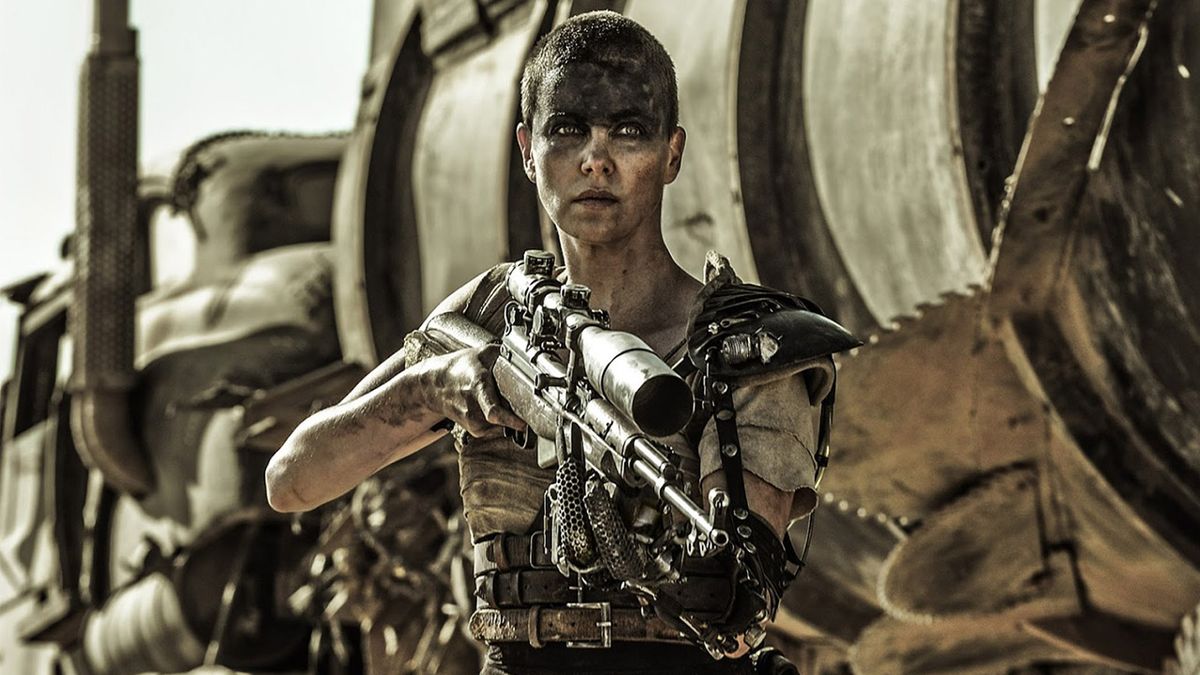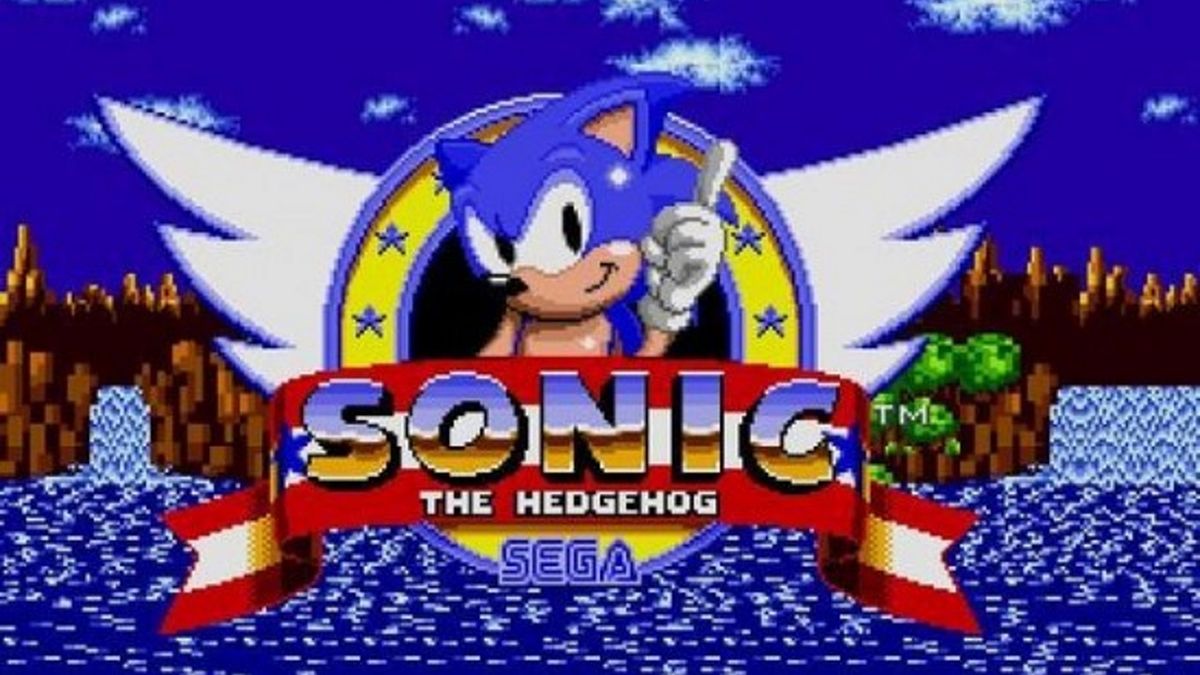Metal Gear Solid had a lot to overcome if it was ever going to hit the big time. Humble beginnings on the MSX 2 system (and a tragically dumbed-down NES Americanisation). An eight-year absence from the market following Metal Gear 2 (and maybe even the loss of Kojima now (opens in new tab)). A title consisting of three random words to the casual shelf browser and of course a hero called Solid Snake which, let’s face it, only seems acceptable now because we’re used to it. And yet here we are, eager to embrace the eccentric bounties of MGS 5 (opens in new tab). All because not only did MGS do something right, it did very nearly everything right.

If 11 years at the helm of a series seems like a long time, it was just the beginning for Metal Gear’s very own standard bearer, storyteller and two-hour cutscene merchant Hideo Kojima. The 1987 original was only Kojima’s second published project at Konami after Penguin Adventure which, shall we say, was not indicative of his future work.
One Metal Gear sequel later (not counting the Kojima-free, largely disowned Snake’s Revenge), plans were afoot to update the series for a mid-’90s console generation. Ladies and gentlemen, the… 3DO? Yes, fortunately that idea didn’t last long, and the fast-approaching PlayStation became the new target.

Metal Gear Solid realised the promise that Kojima felt he could only hint at with the wonky power of 8-bit systems. It was an intense, icily immersive game of hide and seek (and kick, choke or shoot as appropriate) bolstered by an offshore Alaskan setting, larger-than-life supporting cast and enough backstory development to give the forcibly un-retired Snake some heft as a sympathetic hero. After all, anyone can be a straight-up black ops stealth badass.
MGS was also one of the decade’s big innovators, driving serious stealth gameplay stakes into the ground alongside 1998’s other contenders, Tenchu and Thief. Screw up the sneaking and you’d be left facing guards on high alert. It shared that with its contemporaries, but MGS’ aims were much more cinematic: from the undersea infiltration scenes and film-style credits that opened the game, this was an already ambitious series scorching a trail into the CD age with newly 3D graphics, full voice acting and a script laced with themes of war, genetics, ethics and identity. It never quite knew when to shut up and always came served with generous slabs of Metal Gear cheese, but we loved it for trying.

Sixteen years on from MGS and 27 years from the birth of the series, Metal Gear’s value has only grown. Sales crept up on 30 million while its advances in stealth and production values infiltrated the hive mind of more than one gaming generation, including the developers who grew up gobsmacked by its aspirations and carried them forward in countless faithful ways.
The core series forged ahead on Sony consoles, expanded editions and side stories gave handhelds and rival systems a teasing taste of Tactical Espionage Action, and now it’s the turn of MGS V. Kojima is still there overseeing the mission – always protesting that the next one will be his last, never quite letting go.

It’s not such a bad way to be remembered, after all. Games are still fighting their way to the cultural forefront, striving to match the visionaries of the movie industry with their own. And for every designer who decides there’s more to life than Penguin Adventure, we’re one step closer.
Click here (opens in new tab) for more excellent GamesMaster articles. Or maybe you want to take advantage of some great offers on magazine subscriptions? You can find them here (opens in new tab).
 Game News Video Games Reviews & News
Game News Video Games Reviews & News



